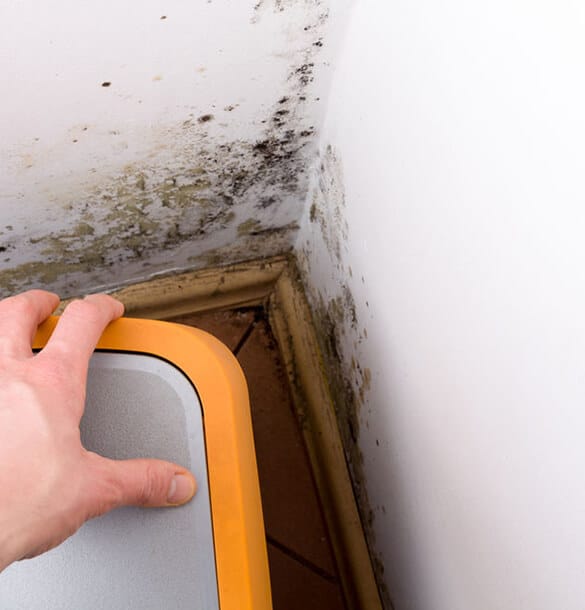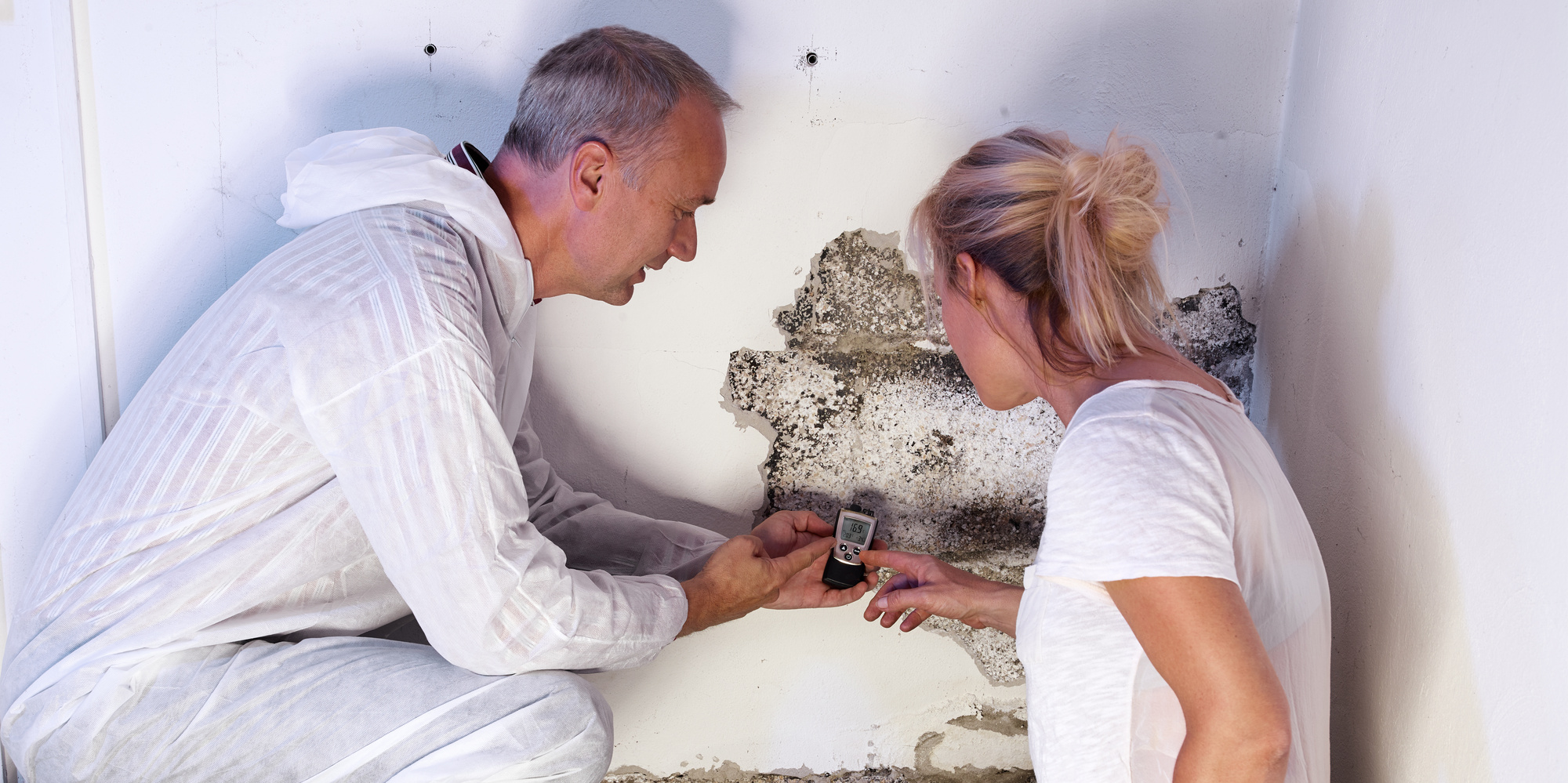Your Ultimate Guide to Article Mold And Mildew Remediation Techniques
In the aftermath of mold and mildew invasion, recognizing exactly how to properly eradicate the mold and stop its reoccurrence is paramount for preserving a healthy and balanced interior atmosphere. From picking the right cleaning and disinfecting approaches to implementing techniques for long-lasting mold and mildew prevention, each action in the remediation journey plays a critical role in making certain a successful result.
Comprehending Post-Mold Removal Process
After completing the mold remediation process, it is essential to understand the post-mold remediation methods that are needed to make certain a detailed and reliable clean-up. Once the mold and mildew has actually been removed, the following action includes cleaning and disinfecting the affected locations to avoid any type of regrowth of mold and mildew. This consists of making use of specialized cleaning up agents to clean down surface areas and kill any remaining mold and mildew spores. It is necessary to dry out the area completely to inhibit the growth of mold in the future (Post remediation mold testing near me). Correct ventilation and dehumidification can assist in this process.
In addition, performing a final inspection post-remediation is essential to ensure that all mold and mildew has actually been effectively eradicated. This assessment should include an extensive visual check along with possibly air sampling to verify the lack of mold spores airborne. If the examination reveals any type of lingering mold and mildew, added removal may be needed. Informing passengers on precautionary actions such as regulating dampness degrees and without delay attending to any kind of water leakages can aid keep a mold-free setting.
Reliable Cleansing and Sanitizing Approaches

Avoiding Future Mold Development

Value of Proper Air Flow
Appropriate air flow plays a critical function in preventing dampness accumulation, a key variable in mold development within interior atmospheres. Efficient air flow systems help eliminate excess moisture from the air, decreasing the opportunities of mold spores locating the moisture they need to sprout and spread. Without sufficient air flow, interior rooms can come to be a breeding place for mold and mildew, causing potential wellness risks and structural damage.
By ensuring appropriate air blood circulation, ventilation systems can likewise aid in drying out wet locations quicker after water damages or flooding events, better deterring mold development. Post Mold Remediation Report. Precede like shower rooms, attic rooms, cooking areas, and cellars where moisture levels tend to be higher, setting up and preserving efficient air flow systems is critical in protecting against mold and mildew problems

Surveillance and Maintenance Tips
Offered the critical role that correct air flow plays in avoiding mold and informative post mildew growth, it is essential to establish efficient surveillance and upkeep suggestions to ensure the continued functionality of ventilation systems. Surveillance humidity levels within the residential property is additionally critical, as high moisture can add to mold development. By staying conscientious and positive to the problem of air flow systems, home proprietors can effectively minimize the threat of mold and mildew regrowth and preserve a healthy and balanced indoor environment.
Final Thought
To conclude, post-mold removal strategies are important for ensuring a tidy and risk-free setting. Comprehending the process, executing effective cleansing and sanitizing techniques, preventing future mold and mildew development, keeping appropriate air flow, and routine monitoring are all essential action in the removal procedure. By adhering to these guidelines, you can successfully eliminate mold and mildew and avoid its return, functioning or promoting a healthy living area for all occupants.
In the results of mold invasion, recognizing how to successfully eradicate the mold and prevent its reoccurrence is extremely important for maintaining a healthy interior setting. As soon as the mold has actually been eliminated, the following step includes cleaning and sanitizing the impacted locations to avoid any type of regrowth of mold - testing air quality after mold remediation. After getting rid of noticeable mold and mildew development, it is crucial to cleanse all surfaces in the affected location to eliminate any remaining mold and mildew spores. To even more improve mold and mildew prevention actions, it is important to resolve underlying issues that at first led to mold growth.Provided the vital role that proper ventilation plays in stopping mold development, it is critical to develop efficient surveillance and upkeep suggestions to ensure the ongoing capability of ventilation Resources systems
Comments on “Crafting a Comprehensive Post Mold Remediation Report”